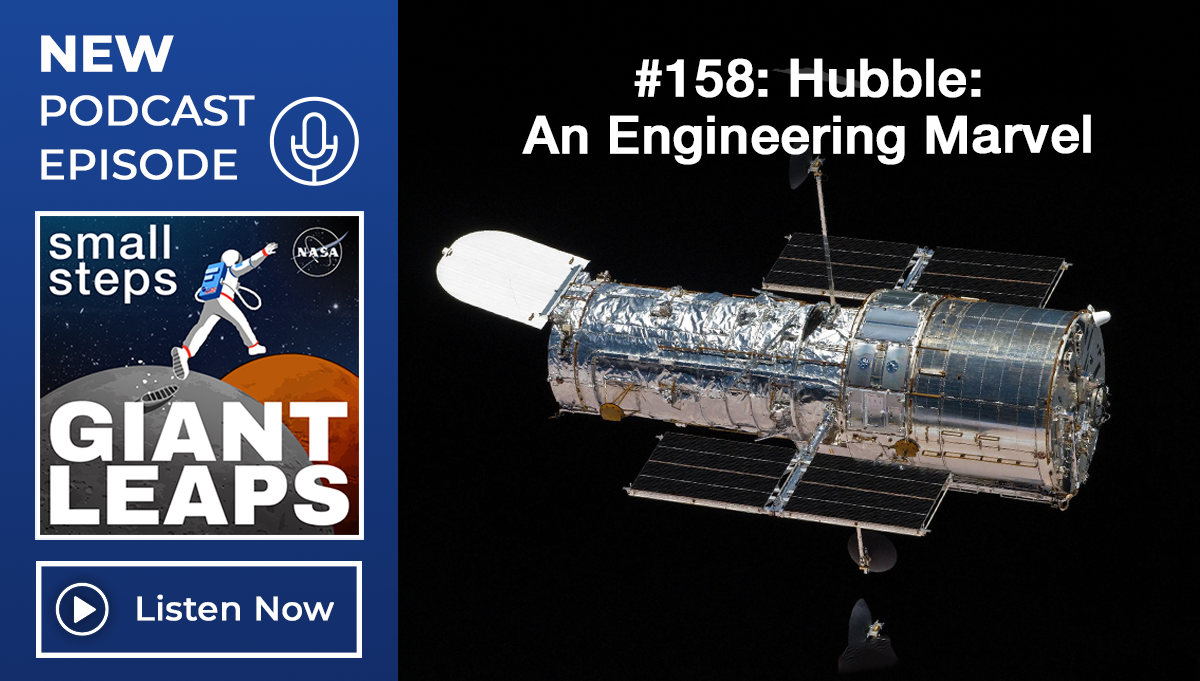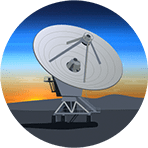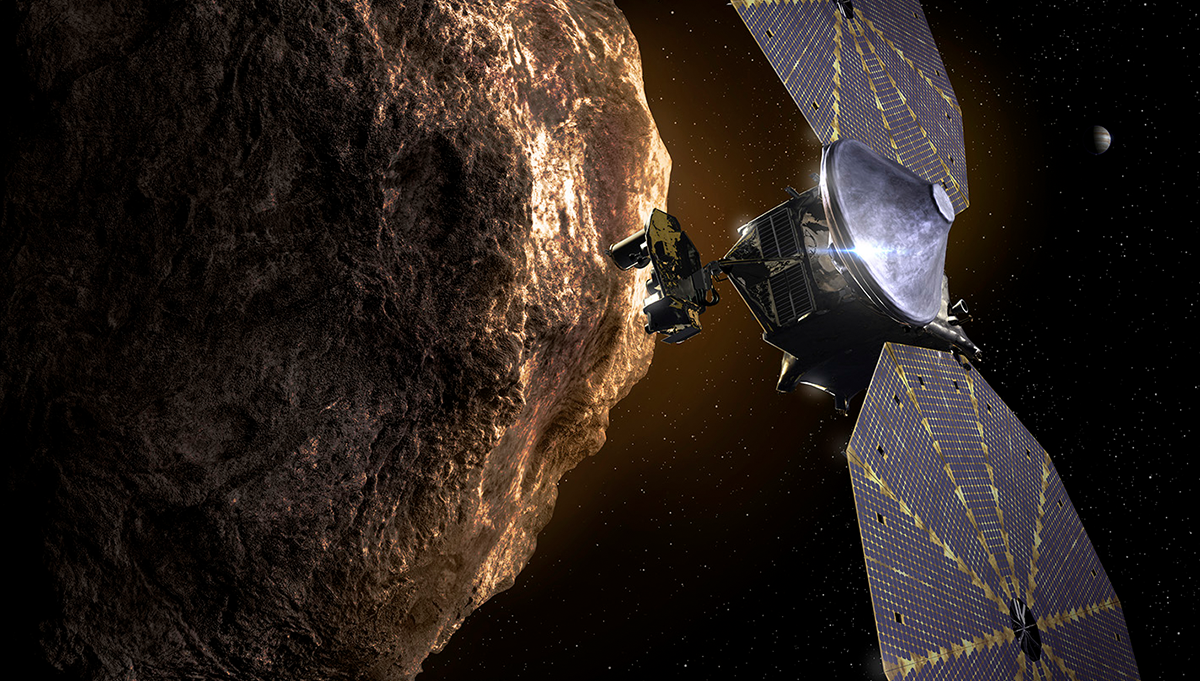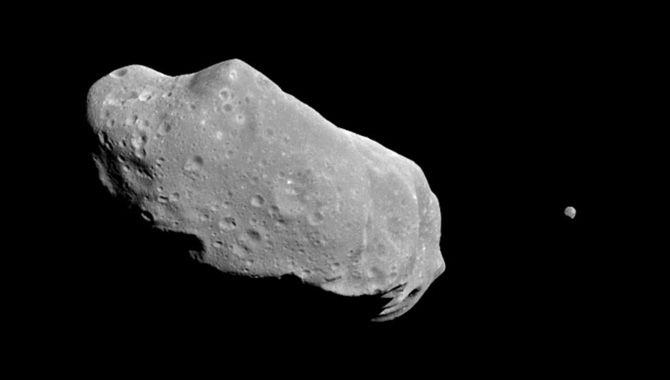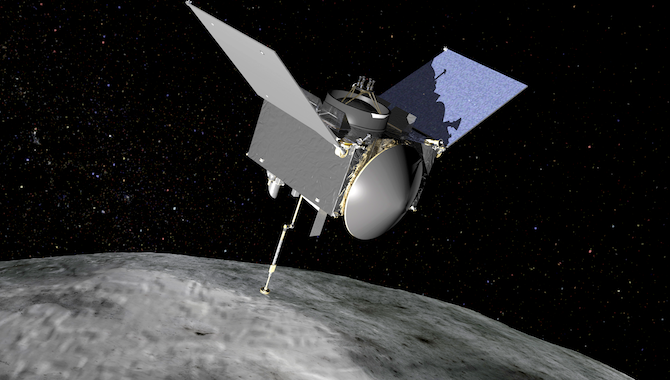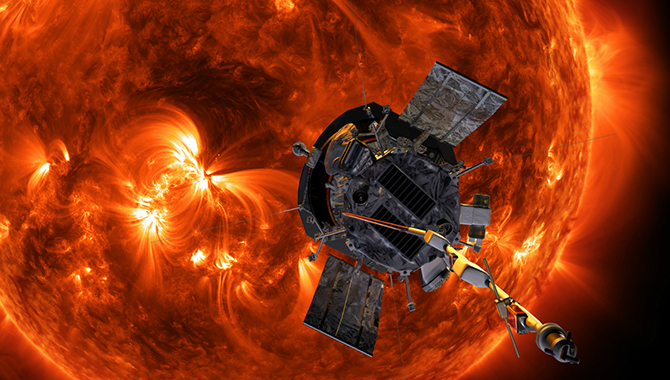
The asteroid Donaldjohanson as seen by the Lucy Long-Range Reconnaissance Imager (L’LORRI) on NASA’s Lucy spacecraft during its flyby on April 20, 2025. The spacecraft’s closest approach distance was 600 miles. The image has been sharpened and processed to enhance contrast. Credit: NASA/Goddard/SwRI/Johns Hopkins APL/NOIRLab
50 years after Donald Johanson makes pivotal discovery of Lucy skeleton, NASA’s Lucy spacecraft studies Donaldjohanson.
On November 24, 1974, paleoanthropologist Donald Johanson looked over the Great Rift Valley of East Africa. Then a young associate professor of anthropology at Case Western Reserve University, he had already decided he loved field work—spending his days in nature, waking up with the sunrise and going to bed at sunset.
Johanson was walking with graduate student Tom Gray through the arid, rocky basin near Hadar, Ethiopia, surveying and mapping the ancient landscape. As they inspected the bottom of a small gully, a flash of white on the ground caught Johanson’s eye. The shape was familiar. It reminded him of a hominin elbow.
“The name Lucy stuck in the public imagination, becoming a touchstone in the study of human origins.”
“After I was convinced that I saw it, I said, ‘this is absolutely from a human ancestor.’ Then I said, ‘this can’t be true. How could this be?’ How could my childhood dream be at my feet, in all of this [vast] area where we were working?” Johanson recalled in a 2023 interview with the Natural History Museum of Denmark.
When he knelt for a closer look, near his left hand he saw a shard of skull. He and his team were making one of the most important archaeological discoveries in history, a 3.2-million-year-old Australopithecus afarensis skeleton that would help clarify the origins of humans. Months later, they named the fossil Lucy, after a Beatles song that was on heavy rotation as they unearthed the discovery—Lucy in the Sky with Diamonds.
The name Lucy stuck in the public imagination, becoming a touchstone in the study of human origins.

Workers inside the Astrotech Space Operations Facility in Titusville, Florida, move the first half of the United Launch Alliance (ULA) payload fairing toward NASA’s Lucy spacecraft on Sept. 30, 2021. The other half is in view in the foreground. Credit: NASA/Ben Smegelsky
Decades later, when the Southwest Research Institute was developing a proposal for a mission to study primitive asteroids orbiting near Jupiter as part of NASA’s Discovery Program, the team chose to name the mission Lucy, because those asteroids are, in a sense, fossils of planet formation in the early solar system.
Billions of years before Lucy died in the Great Rift Valley, a staggering number of asteroids were slamming into each other in the chaos of the outer solar system, forming larger objects and shattering others. Driven inward, some of these asteroids settled at the Lagrange points 60 degrees ahead of Jupiter or 60 degrees behind it, held there by the balance of gravitational forces from the massive planet and the distant Sun.
NASA launched the spacecraft Lucy in 2021 on a 4-billion-mile journey to Jupiter that will span 12 years and include three gravity assists at Earth. On April 20, 2025, the mission reached a curious milestone. On that day, Lucy detected a glowing white object in the darkness of space—a large carbonaceous asteroid named Donaldjohanson.
Discovered in 1981 and provisionally named 1981 EQ5, the asteroid orbits the Sun in the Main Belt between Mars and Jupiter. It was renamed in honor of Johanson in 2015. Based on the encounter with Lucy in April, the asteroid is larger than previously estimated—about 5 miles long and 2 miles wide. It appears to be a contact binary, formed when two objects collided and stuck, pockmarked with small craters.
“Asteroid Donaldjohanson has strikingly complicated geology,” said Dr. Hal Levison, a scientist at the Southwest Research Institute who is the principal investigator for Lucy. “As we study the complex structures in detail, they will reveal important information about the building blocks and collisional processes that formed the planets in our Solar System.”
The unusual shape, including a narrow neck that joins two asymmetrical lobes, fits with earlier observations that noted significant variations in brightness during a cycle of 10 days. The spacecraft flew within 600 miles of the asteroid’s surface, presenting the team with an excellent opportunity to test the spacecraft’s suite of sophisticated instruments.
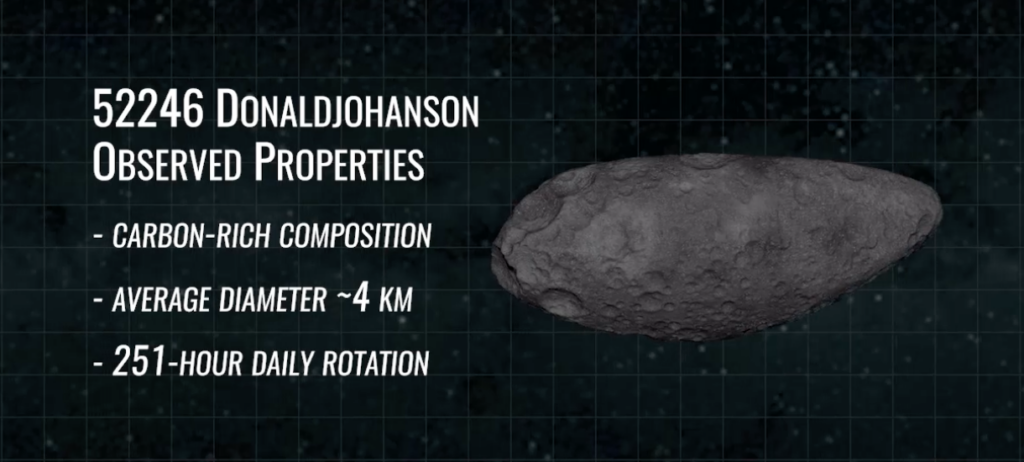
Lucy’s flyby of main-belt asteroid 52246 Donaldjohanson provides the first close look at this surviving remnant of the solar system’s chaotic past. Computer-generated Image Credit: NASA’s Goddard Space Flight Center
The asteroid is a fascinating relic—part of the Erigone collisional family, believed to be one of nearly 1,800 fragments left behind by an impact that shattered a much larger body about 150 million years ago. The first images Lucy returned were captured by its long-range reconnaissance imager, L’LORRI. The mission team expects to downlink the full dataset within a week.
“Every asteroid has a different story to tell, and these stories weave together to paint the history of our solar system,” said Tom Statler, Lucy mission program scientist at NASA Headquarters, in a NASA press release. “The fact that each new asteroid we visit knocks our socks off means we’re only beginning to understand the depth and richness of that history.”




